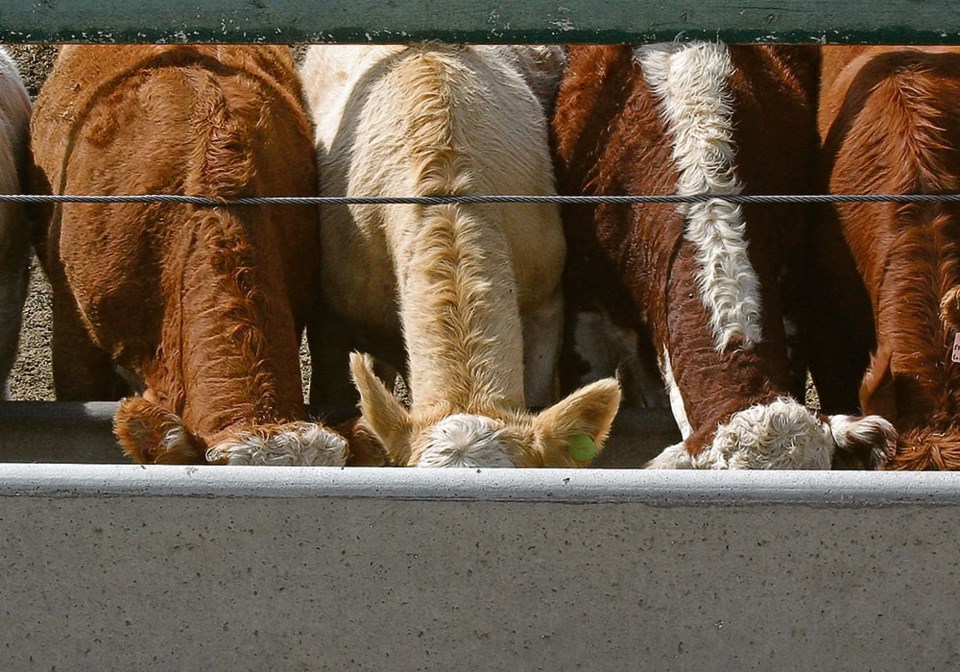An old-school pest is plaguing Canadian farms. Technocratis momentus bureaucratica, or TMB, was thought to be approaching endangered status in Ottawa, where it was once endemic.
Lower trapped populations in recent years left the nation’s farmers optimistic about the need to spray the Hill with repeated, high-rate applications of Lobbiest, tank-mixed with the adjuvant CommonSense. It was assumed populations would fall, especially in Health Canada’s environs.
But lambda-cyhalothrin is the latest victim of this old pest. The helpful-to-farmer insecticide was subject to a regular review by Canada’s Pest Management Regulatory Agency and seems to have been the target of aggressive scrutiny.
PMRA ruled out its use for any purpose that could lead to feeding livestock with plants that received an application, effectively making the active ingredient an industry pariah.
Lambda-cyhalothrin is a systemic insecticide that is highly effective at controlling a variety of insects. It is still registered for this use, provided none of the crops or their residual products end up inside an animal.
That detail is hard to regulate. Straw and crop screenings don’t always find their way back the fields to break down. Hail, early frosts and wet harvests can direct a crop to animal feed rather than the initially intended food use.
Chemical manufacturers, unable to persuade the PMRA to consider all the science available that suggests lambda-cyhalothrin is safe, wisely removed it from the market in key regions. That left farmers struggling to find appropriate replacements.
It is possible that TMBs were disturbed from hibernation by the exudates of popular science fictions masquerading as science facts. That can result from high observance of social media, efforts at political vote-getting and consumer-press entertainments about agriculture and food production. We don’t know, because the PMRA hasn’t provided details on its decision.
Changes to lambda-cyhalothrin were made just as farmers thought their pest management folks were working for the good of the nation. Producers were building trust in the PMRA after the outcome of a similar review of neonicotinoids, which was more practical than expected.
Now banned in the European Union, farmer-popular neonics appeared to stir some TMBs from their cubical-like burrows, were subjected to extensive analysis and found to be safe when applied appropriately.
For the past 18 months, one might have thought government and the agricultural industry were on the same page about many aspects of pest management and how they fit into domestic production needs and international trade flows. But Technocratis has reappeared and is feeding on the future.
The American government’s Environmental Protection Agency recently reviewed lambda-cyhalothrin and decided it is not a risk to animals or humans. Results of that research were apparently ignored in Canada, as was research from registrant Syngenta.
Canada imports U.S. feed grains with no expectations these are grown without these pesticides. This country is now out of step with its largest trading partner and competitor.
TMBs don’t really haunt the halls of Health Canada, but as a science-based government organization, this fictionalization appears to be near the mark. The new restriction on lambda-cyhalothrin precludes the use of a safe and helpful tool for farmers.
We need to keep anti-science out of agriculture, and in Canada that starts with government. PMRA needs to explain this action thoroughly and potentially reverse it.
Who knows, maybe lambda-cyhalothrin can control TMBs.
Karen Briere, Bruce Dyck, Barb Glen and Mike Raine collaborate in the writing of Western Producer editorials.

